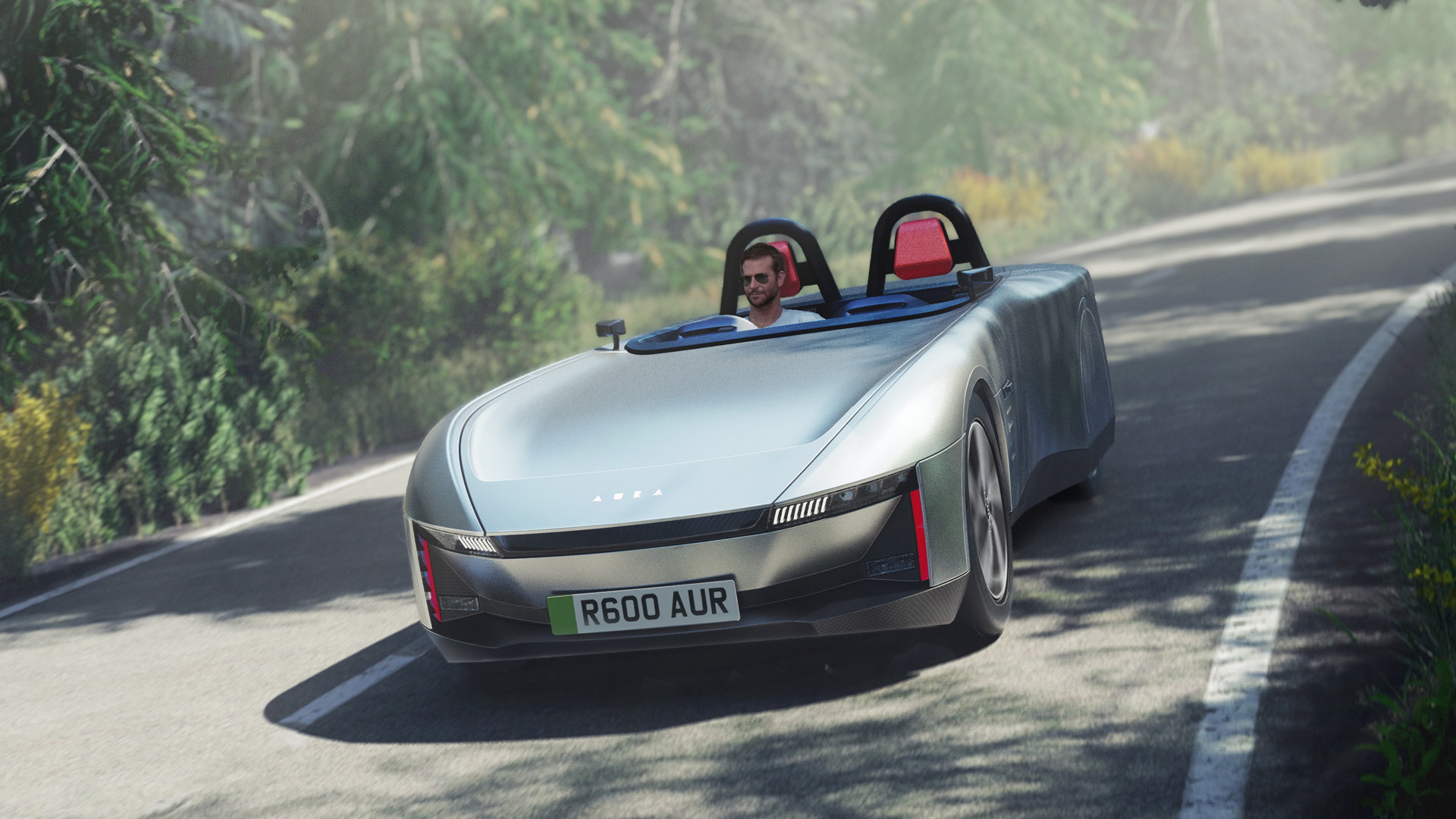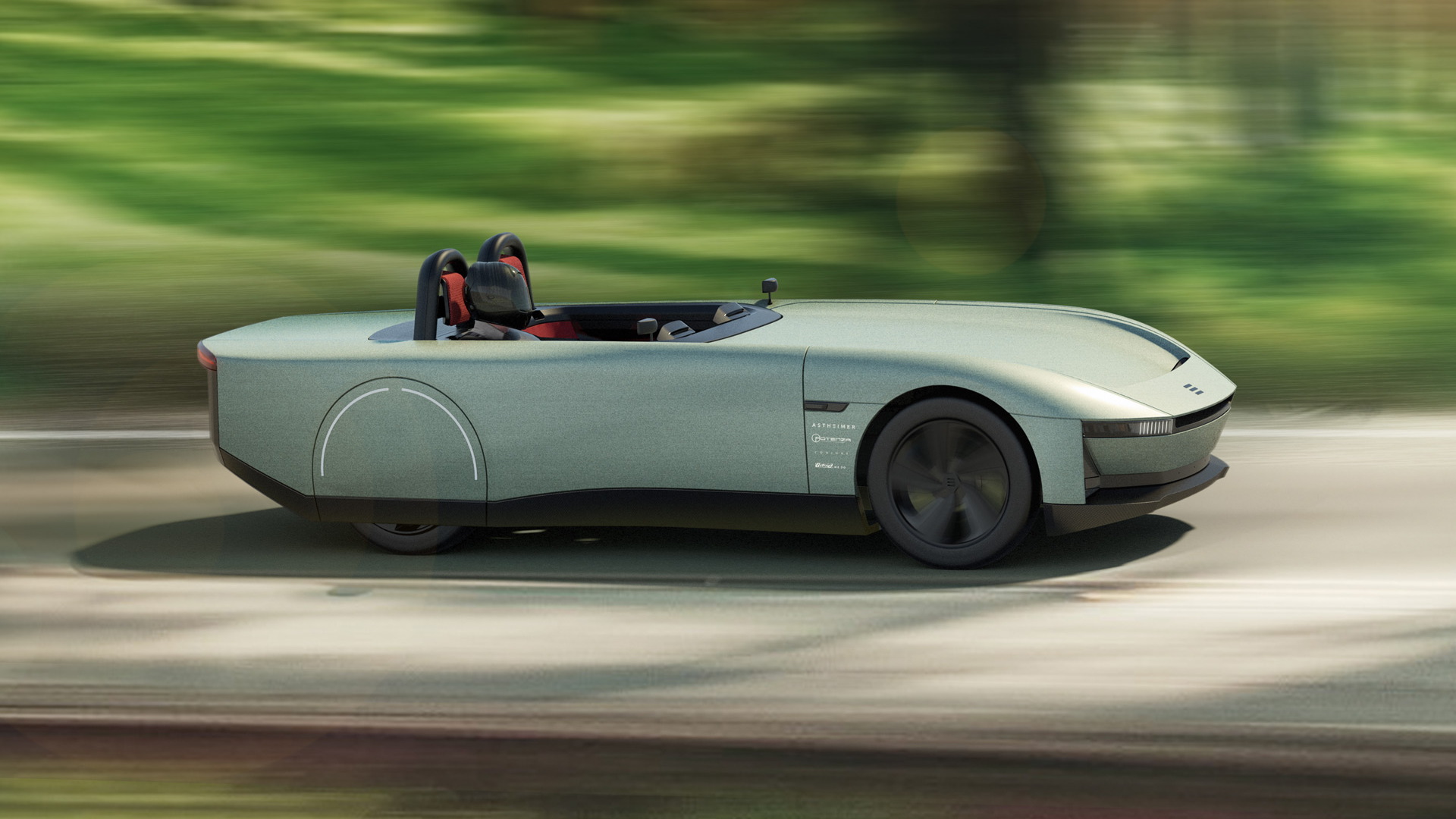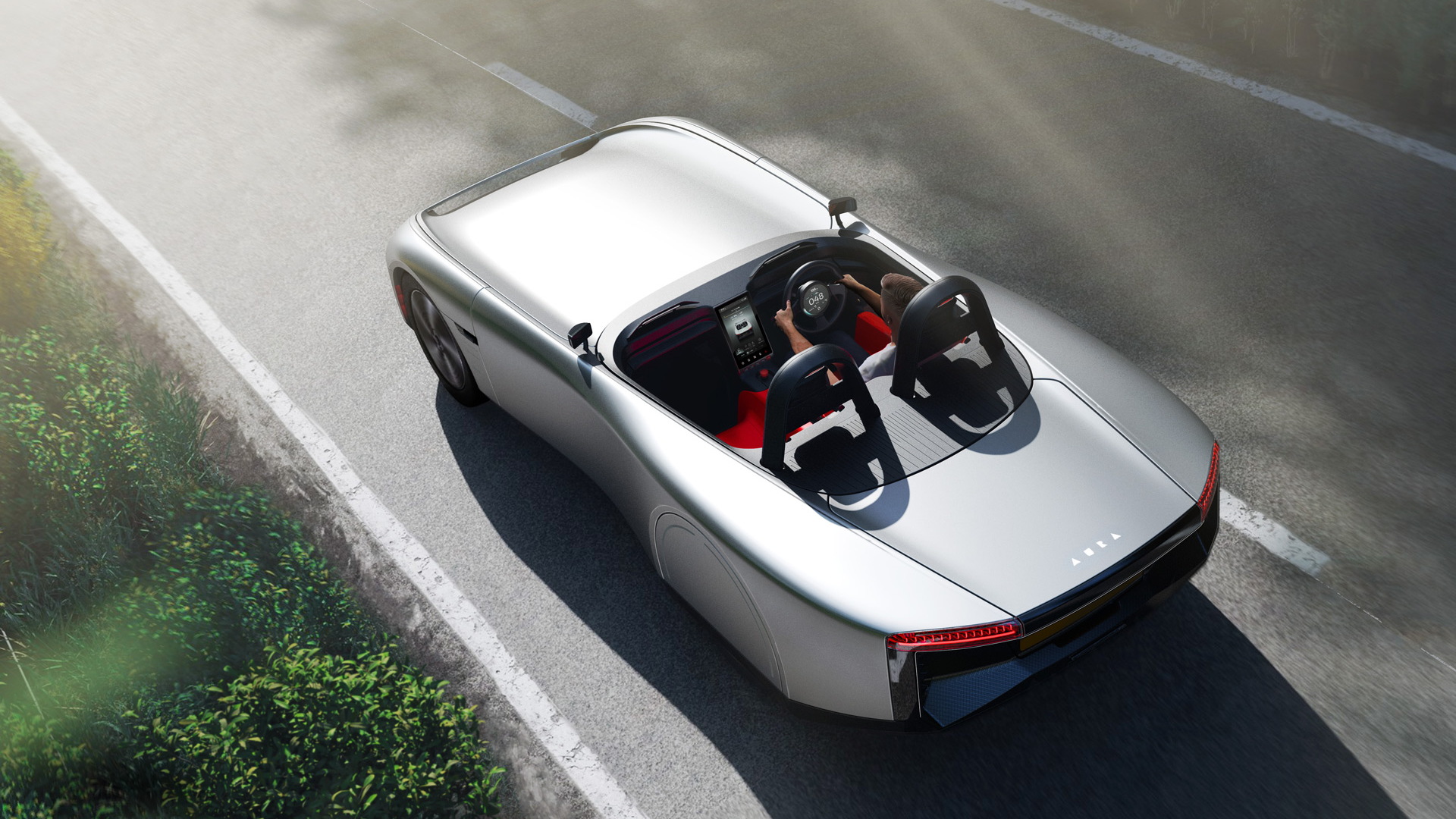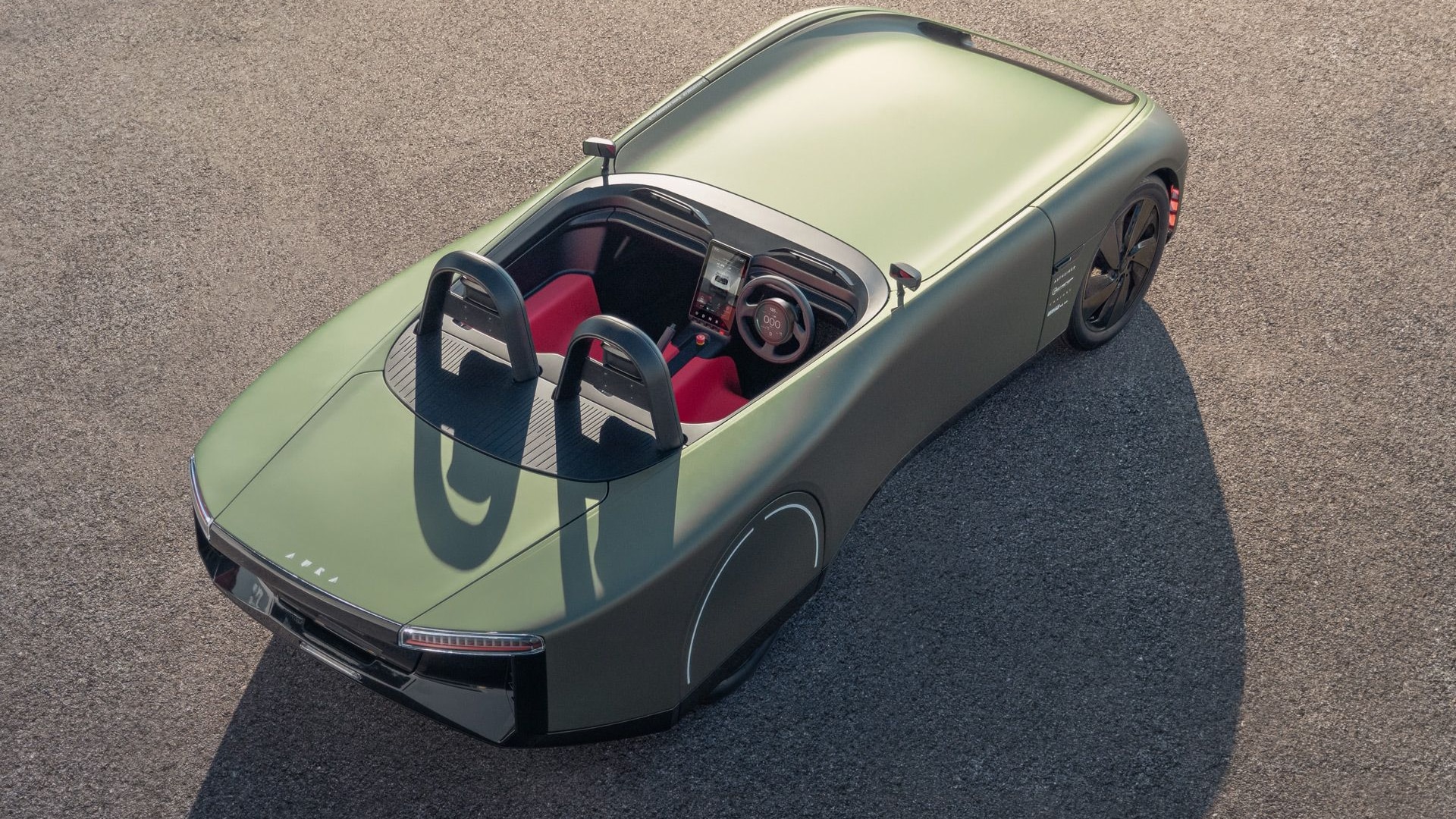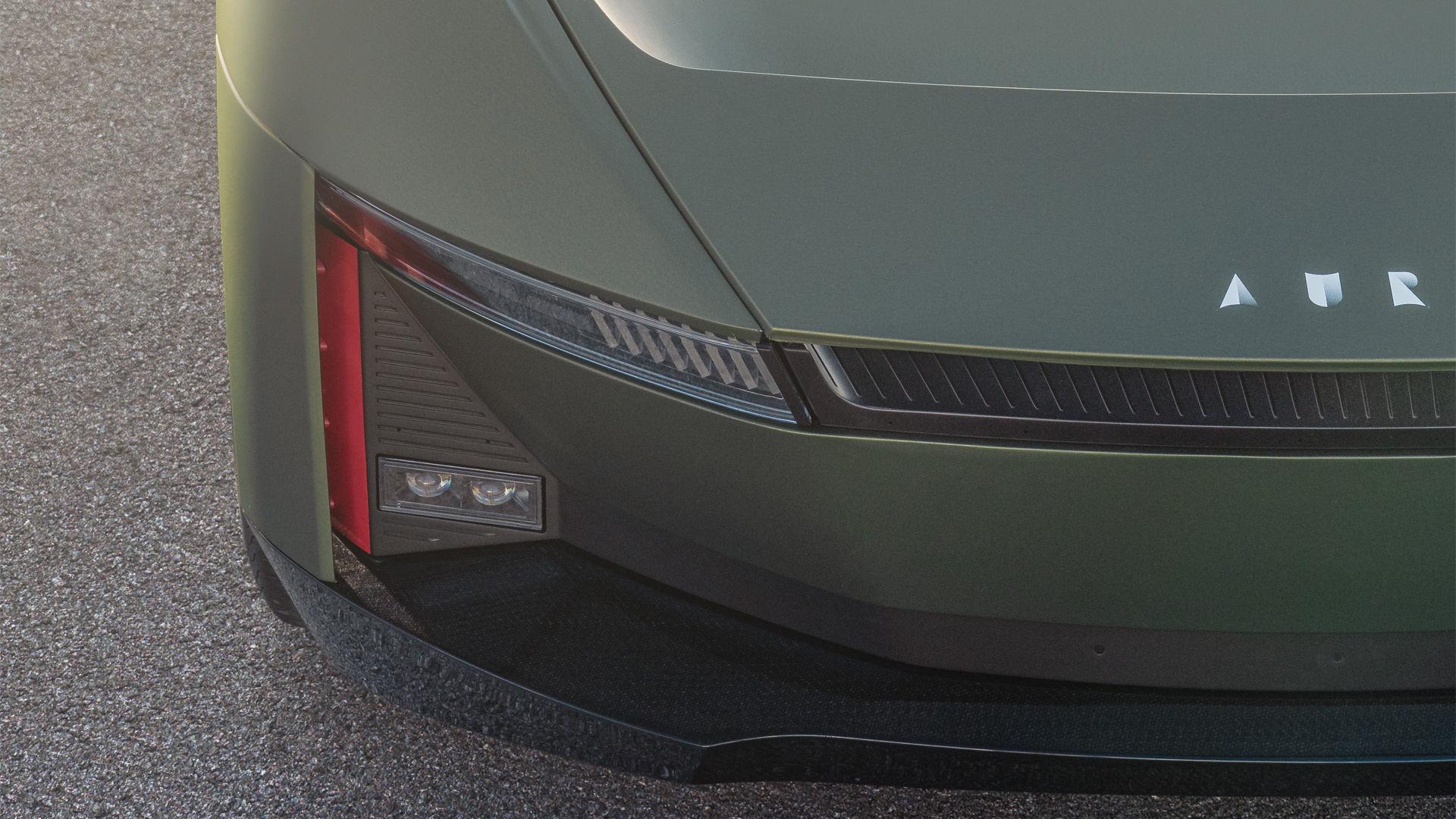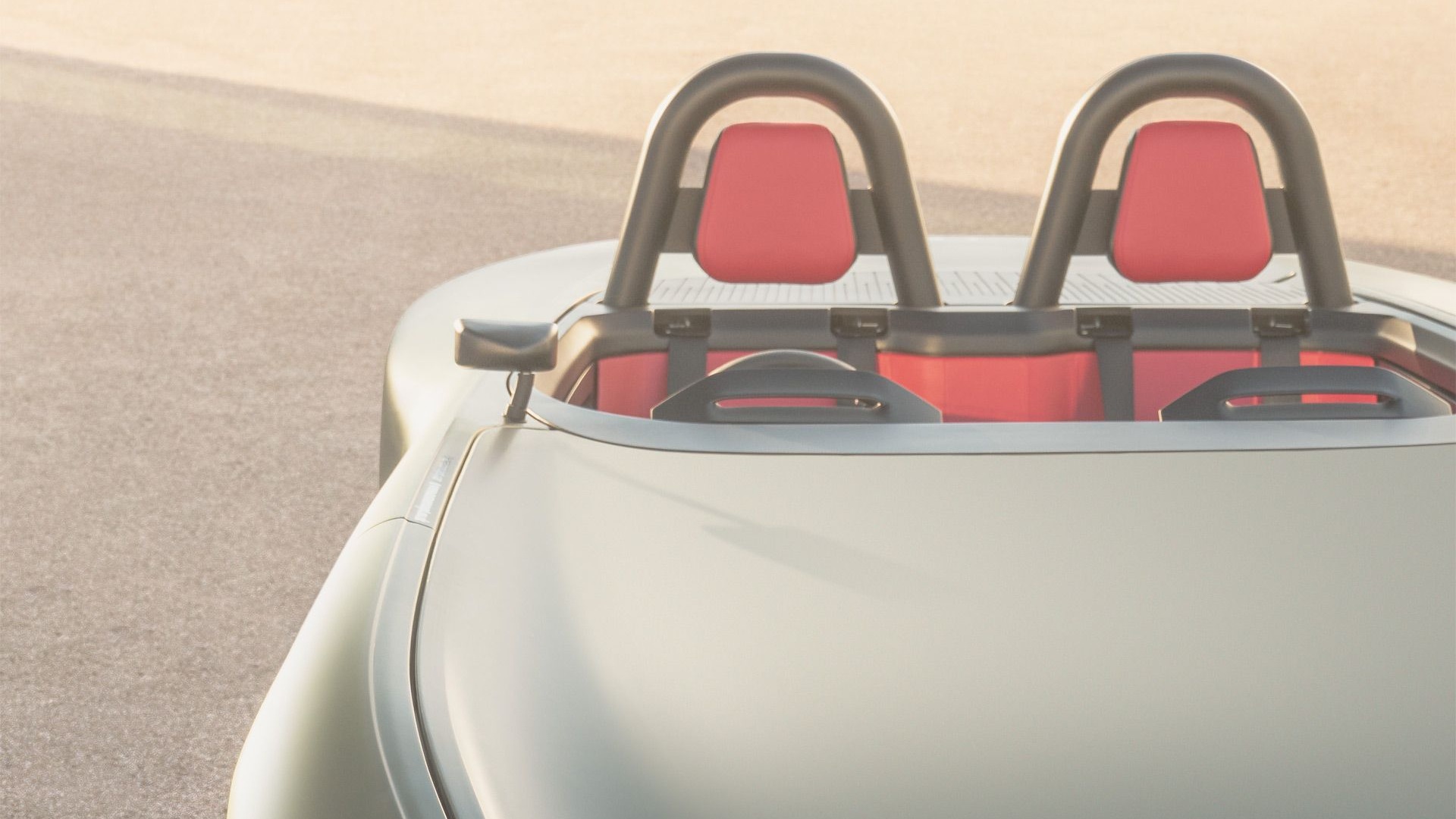The days of spritely, adequately powered roadsters that can be maintained on a shoestring budget may be a thing of the past, but a consortium of firms in the U.K. are out to show that it doesn't have to be this way.
They worked together to produce the Aura concept, a modern take on the classic British roadster that's just begging to be built. It's a lightweight electric roadster with a claimed 400 miles of range. No horsepower rating has been mentioned but outright performance isn't the main focus here. Instead, the team focused on efficiency and sustainability.
The project was backed by a British government initiative aimed at challenging local firms from the automotive industry with developing solutions and innovations for electric vehicles. The companies involved were design firm Astheimer Design, materials expert BAMD Composites, EV powertrain company Potenza Technology, and software developer Conjure.
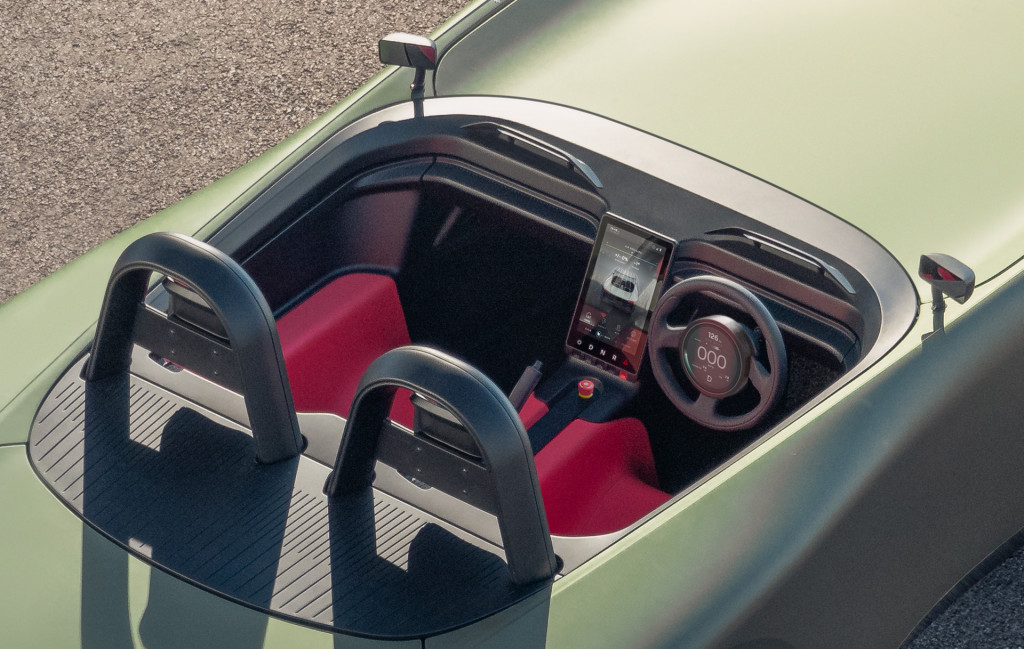
Aura concept
Key elements of the design include a body shaped to reduce drag as much as possible, as well as lightweight construction to offset the weight of the batteries. The lightweight construction is made possible thanks to composite body panels that rely on natural fibers. The panels are not only light but their production also reduces the impact on the environment compared to using traditional materials.
The battery has a capacity of 88 kilowatt-hours. It actually consists of two separate units of equal capacity. One is under the front hood and the other in the vehicle floor. This positioning results in a car with a driving sensation similar to a front-engine internal-combustion car. It also helps with the overall balance, according to the designers.
One final element worth mentioning is the user interface. There's the normal infotainment screen in the center of the dash, plus a second screen in the hub of the steering wheel. This second screen features self-leveling technology to make it easy to read regardless of how much the steering wheel is being turned. Part of the interface is software that finds the quickest, easiest charging locations, and presents real-world remaining range accurate to within 0.5 of a percent.
